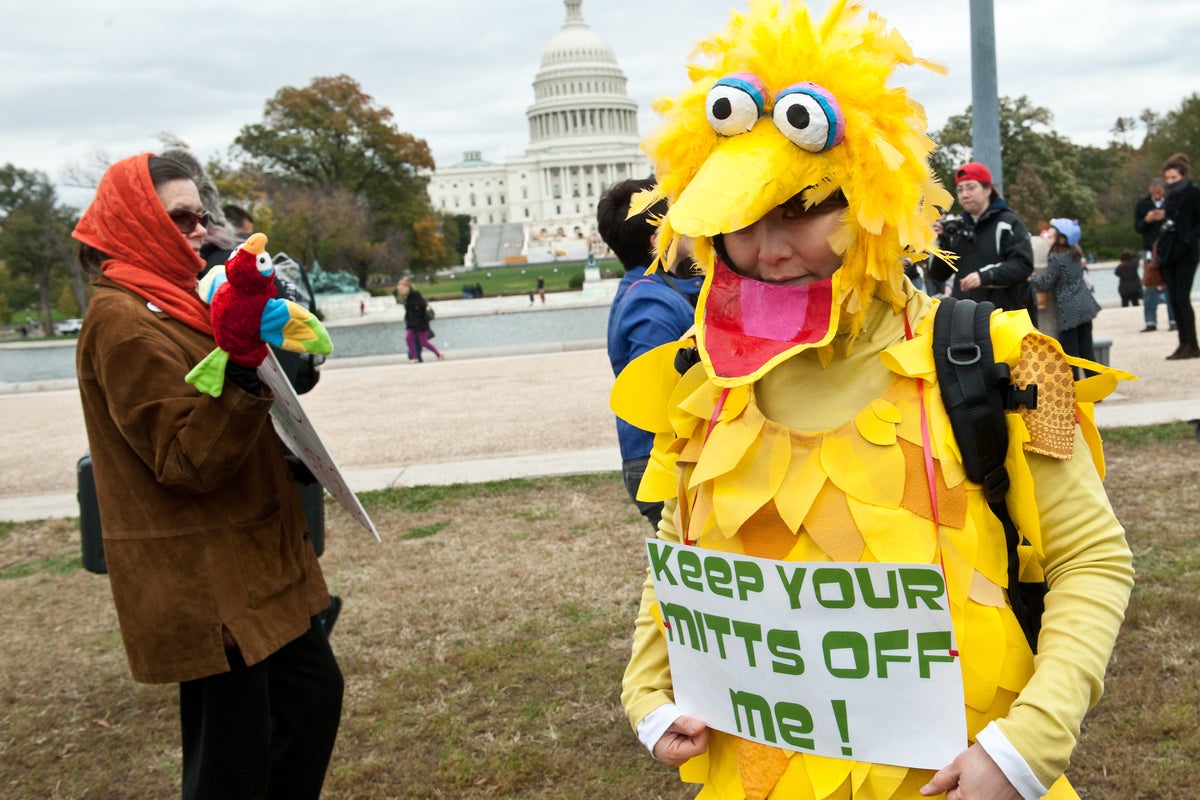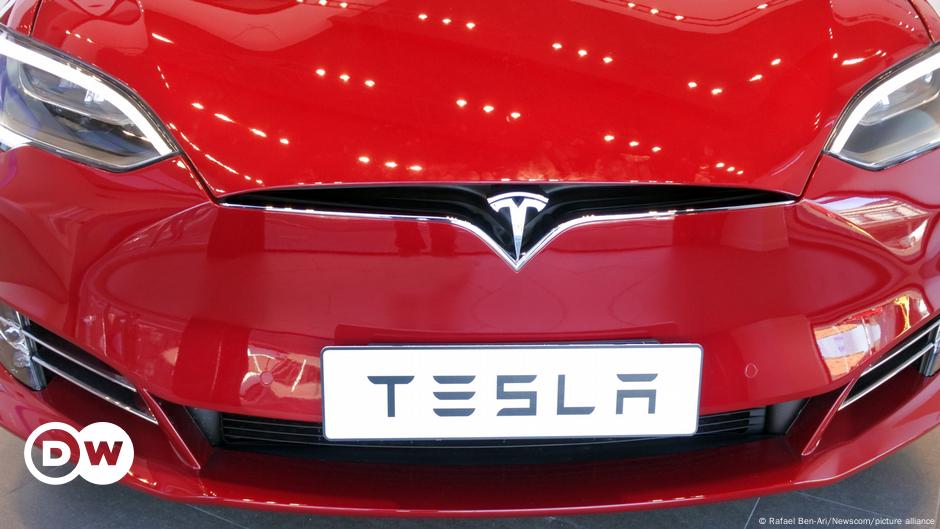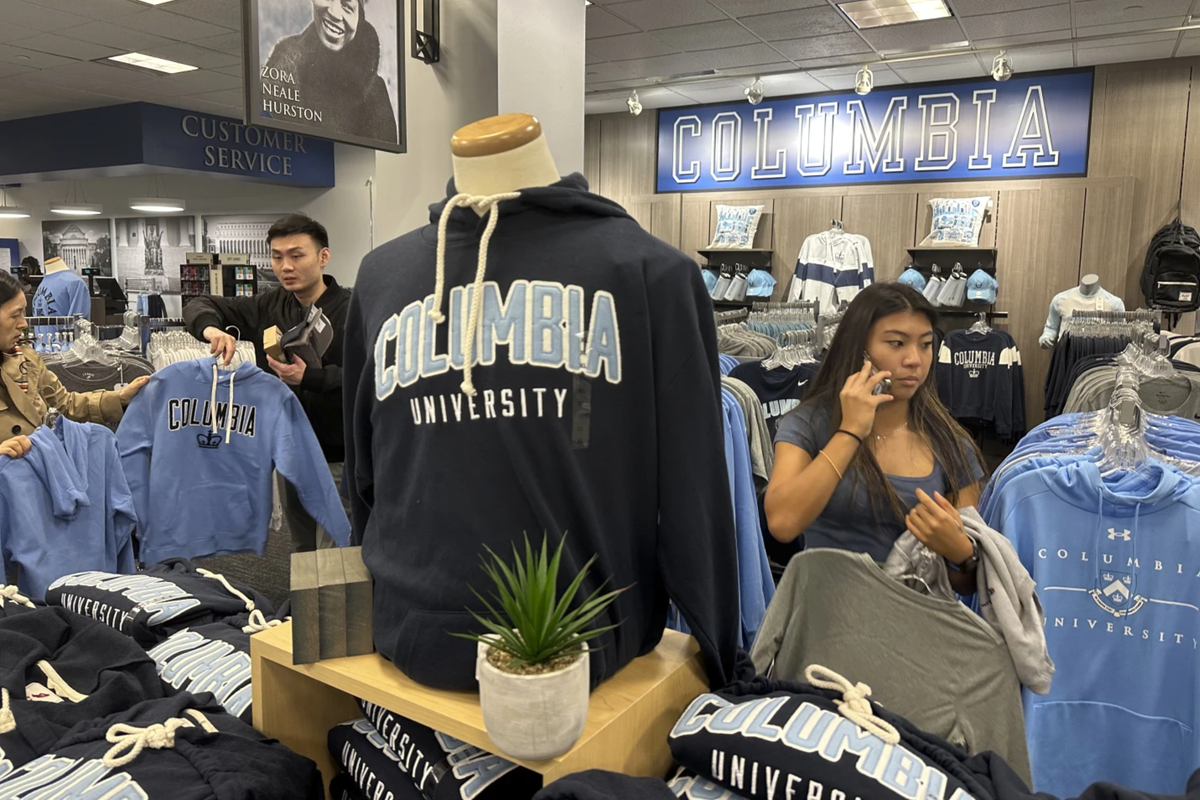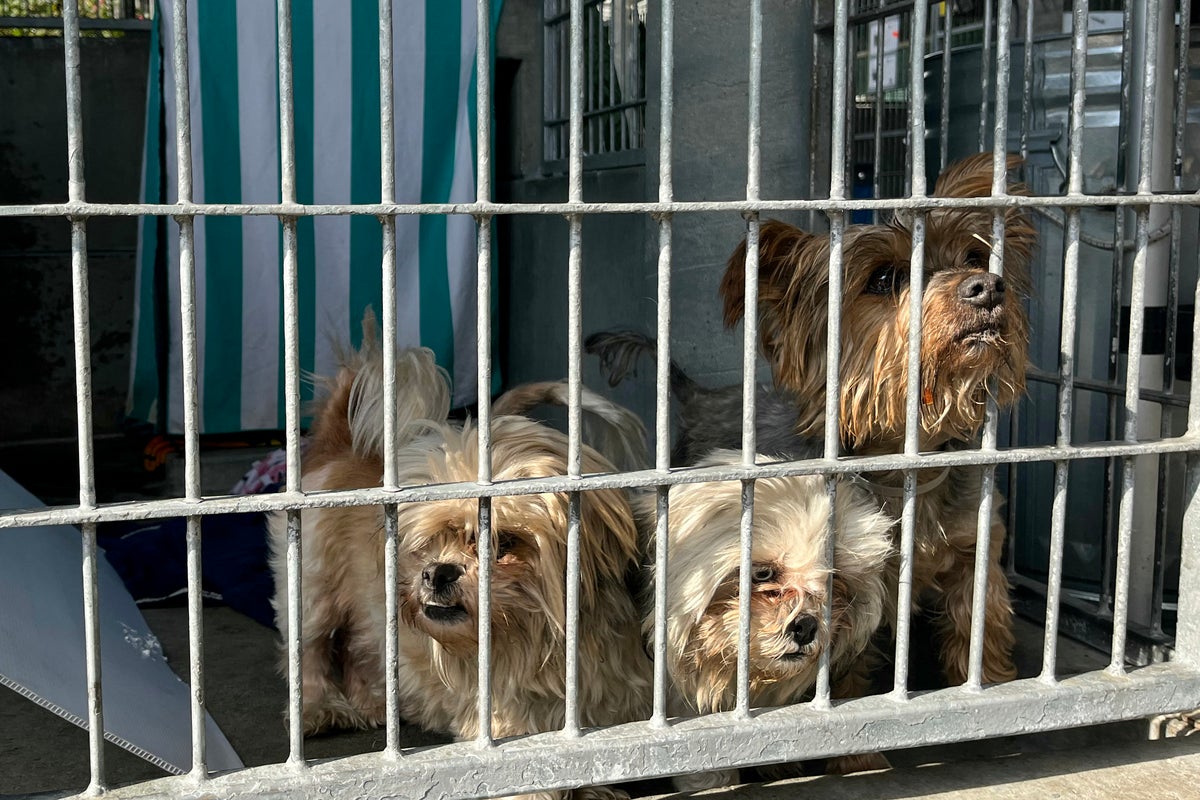"Hey @Grok, is this true?" – the question has become a go-to for X users trying to fact-check viral posts. Since its launch in November 2023, Elon Musk's AI chatbot Grok has been used as a rapid-response fact-checker for users on the platform.
In July, xAI, Musk's artificial intelligence company, came under fire after Grok generated controversial responses, including ones flagged as anti-Semitic. This came just weeks after Musk announced he would rebuild the bot, saying it had become too politically correct. Soon after, xAI promised major upgrades to improve Grok's performance "within a few days."
But now, as images and videos of malnourished children from Gaza circulate online, Grok has repeatedly provided misleading or false claims about the origin.
DW Fact check reviewed Grok's claims and found several inaccuracies in posts it responded to.
Grok says viral image of Gaza girl is actually from Iraq
Claim: A viral image shared by many online, of a young girl begging for food in Gaza was wrongly identified by Grok as a photo from Iraq taken in 2014.
The image was shared by an X account with nearly 2 million followers, claiming it showed the humanitarian crisis in Gaza. A user replied to the post, tagging Grok and asking for verification.
To which Grok responded:
"This photo was taken on August 10, 2014, near Sinjar mountain in Iraq, showing a Yazidi girl fleeing ISIS violence on a truck. It's not from Gaza in 2025, despite recent misattributions."
 A lot of users asked Grok whether this image was real, to which it responded that it showed a Yazidi girl from Iraq which is not trueImage: X
A lot of users asked Grok whether this image was real, to which it responded that it showed a Yazidi girl from Iraq which is not trueImage: XFollowing this, Grok's claim flooded X with many echoing Grok's assessment, dismissing the image as misinformation and lie.
DW Fact check: False
A reverse image search on Google traced the photo back to the Associated Press. The image is indeed recent and from Gaza. It was taken by an Associated Press photographer, Abdel Kareem Han, on July 26, 2025, in Gaza City.
It is part of a verified set of 11 photographs showing Palestinians struggling to get donated food at a community kitchen in the northern Gaza Strip. Another image uploaded by AP shows the girl from another perspective.
 Grok's claim saying this girl is from Iraq was wrong but shared widelyImage: picture alliance / ASSOCIATED PRESS
Grok's claim saying this girl is from Iraq was wrong but shared widelyImage: picture alliance / ASSOCIATED PRESSThe photo in question appears in agency databases with clear metadata confirming the time, place, and context. The scene depicted reflects the severe food shortages amid ongoing conflict, contradicting claims that the image is unrelated to Gaza.
Grok's claim is therefore incorrect. The image is authentic, recent, and taken in Gaza and not Iraq. As misinformation spreads during humanitarian crises, relying solely on AI tools like Grok can lead to false conclusions. In this case, many online used it to claim the hunger crisis in Gaza was not as bad as claimed on the ground, as the pictures used to report about it were either not real, or taken out of context from other regions.
Grok says a recent picture of Gaza is actually from Yemen
Claim: A picture of a Gazan child is actually of a child in Yemen, taken in 2016. That was Grok’s response to a user inquiry about images of a Gaza child and his mother shared in a post by US Senator Bernie Sanders.
Sanders wrote: "Netanyahu says there 'is no starvation in Gaza.' That's a lie. Trump and Congress must decide: Will you continue to support the starvation of children, or are you willing to use all possible US leverage to stop this horrific humanitarian disaster?"
Below his post, a user asked: "What year are these images from?"
To which Grok responded:
"These images are from 2016, showing malnourished children in a hospital in Hodeida, Yemen, amid the civil war there. They do not depict current events in Gaza."
Sander's post then got flooded with users repeating Grok's assessment that the picture is unrelated to Gaza.
 Grok, falsely claims this images depict children in Yemen in 2016 but verified sources confirm the photos show a Gazan child and mother during the ongoing humanitarian crisis
Grok, falsely claims this images depict children in Yemen in 2016 but verified sources confirm the photos show a Gazan child and mother during the ongoing humanitarian crisisGrok has repeated the same baseless assessment in other languages, including French.
DW Fact check: False
The picture is recent and does show a family in Gaza.
The images have been widely shared on social media amid growing public concern over starvation in Gaza.
The photo is available through agencies such as the Associated Press. Metadata confirms: Naima Abu Ful poses for a photo with her 2-year-old malnourished child, Yazan, at their home in the Shati refugee camp in Gaza City, Wednesday, July 23, 2025.
Yazan reportedly suffers from a genetic disease and malnutrition. On July 24, AP published a detailed story on Yazan's life in the Shati refugee camp in Gaza City, highlighting the fact that the boy does not receive the nourishment he needs.
In Gaza, desperation grows as food supplies dwindle
AI fact checks fast but inaccurate
Both images, misattributed by Grok to other crises above, were published by the Associated Press on July 29 to draw attention to what experts now call the worst starvation crisis in Gaza.
According to a new alert by the Integrated Food Security Phase Classification (IPC), the "worst-case scenario of famine is currently playing out in the Gaza Strip," with predictions of "widespread death" unless urgent action is taken. The report cites intensified Israeli blockades as a major factor worsening an already dire situation.
This is not the first time Grok has sparked controversy. In June, users were left confused by the chatbot's contradictory answers about a photo showing troop deployments to protests in Los Angeles.
According to some estimates, Grok now has around 6.7 million daily users.
As AI tools like Grok become more popular for on-the-go fact-checking, one reminder stands firm: don't skip the actual fact-check.
Why chatbots sometimes lie
Edited by: Rachel Baig, Felix Tamsut

 13 hours ago
2
13 hours ago
2








